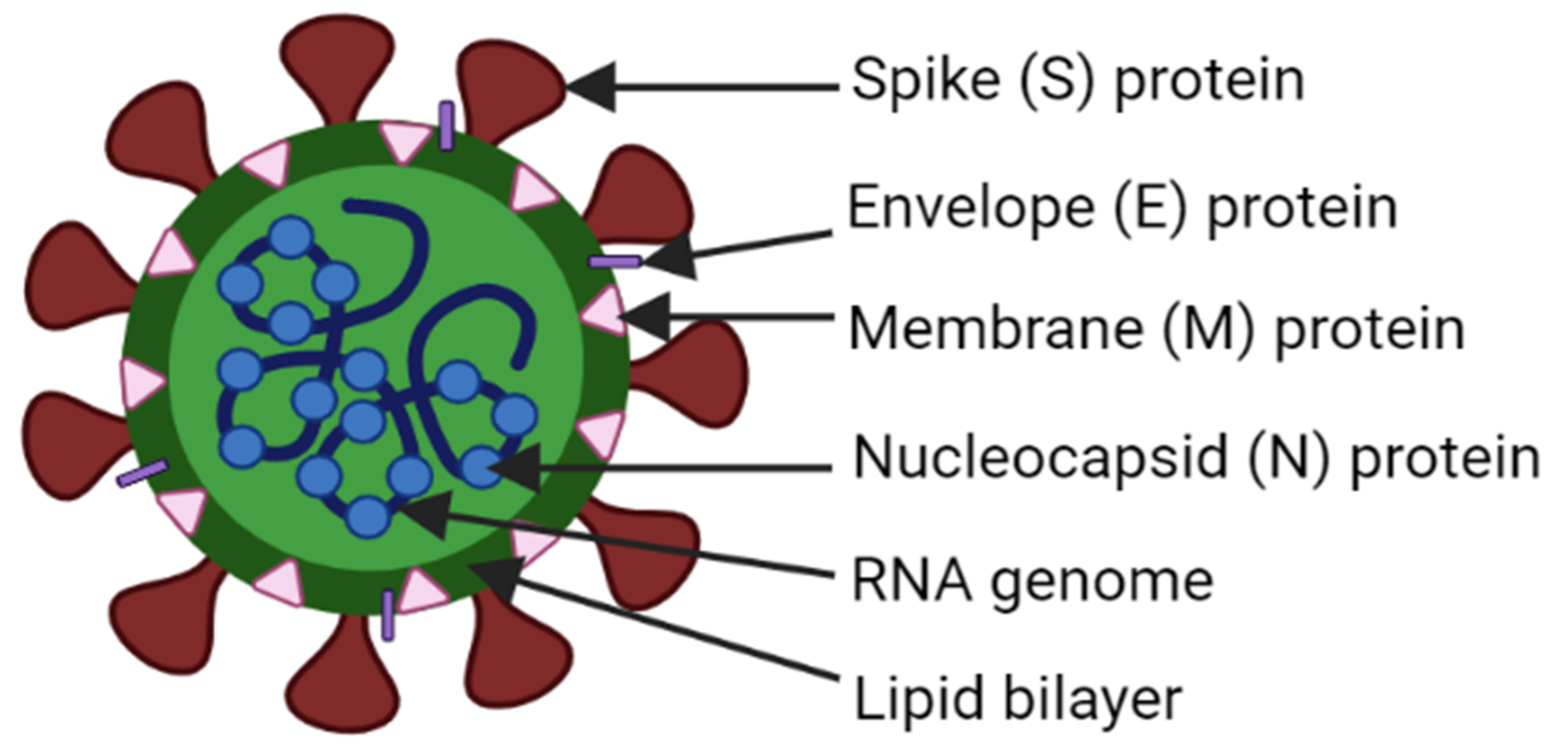Nursing Paper Example on SARS
Nursing Paper Example on SARS
Severe Acute Respiratory Syndrome, commonly known as SARS, is a viral respiratory illness caused by a coronavirus known as SARS-CoV. It first emerged in 2002 in Guangdong Province, China, and rapidly became a global health concern due to its high transmissibility and mortality rate. The SARS outbreak of 2002-2003 demonstrated the ability of coronaviruses to cross animal-to-human transmission barriers and spread among humans with severe clinical outcomes.

Causes
SARS is caused by the SARS coronavirus (SARS-CoV), a member of the Coronaviridae family, similar to viruses causing Middle East Respiratory Syndrome (MERS) and COVID-19. The origin of SARS-CoV is zoonotic, with research suggesting that it initially circulated among bats and then transmitted to humans, likely through civet cats sold in live-animal markets in China (Khan, et al., 2020).
Signs and Symptoms
The clinical presentation of SARS is primarily respiratory. Symptoms typically appear within 2 to 10 days after exposure and may include:
- High fever
- Dry cough
- Shortness of breath
- Muscle pain
- Headache
- Diarrhea (in some cases)
The pathognomonic symptom of SARS is a dry cough progressing to pneumonia, often observable on a chest X-ray as an atypical pneumonia pattern (Tsang, et al., 2003). Severe cases may develop respiratory failure, requiring mechanical ventilation support.
(Nursing Paper Example on SARS)
Etiology
The SARS-CoV virus belongs to the genus Betacoronavirus and infects the respiratory epithelium. It has a high affinity for the angiotensin-converting enzyme 2 (ACE2) receptor on host cells, which is expressed in the lungs, heart, kidneys, and gastrointestinal tract, facilitating rapid viral entry and systemic dissemination (Perlman & Netland, 2009).
Pathophysiology
Upon entry into the body, SARS-CoV binds to ACE2 receptors, primarily in the lung alveoli, leading to inflammation and damage of alveolar epithelial cells. This results in alveolar collapse, reduced gas exchange, and, ultimately, acute respiratory distress syndrome (ARDS) in severe cases. Cytokine storms, characterized by an excessive immune response, are commonly associated with severe SARS cases and contribute to lung damage and multi-organ failure (Channappanavar & Perlman, 2017).
DSM-5 Diagnosis Criteria
Although SARS is not specifically listed in the DSM-5, it is categorized as a viral respiratory disease. Diagnosis involves clinical evaluation, chest imaging, and confirmatory laboratory testing:
- PCR Testing: Polymerase chain reaction (PCR) tests identify SARS-CoV RNA in respiratory specimens, such as nasopharyngeal swabs.
- Serology: Serological testing for antibodies helps confirm past infections.
- Chest Imaging: X-rays and CT scans may reveal bilateral, multifocal ground-glass opacities indicative of pneumonia (Centers for Disease Control and Prevention, 2005).
Treatment Regimens
There is no specific antiviral treatment for SARS; instead, therapy is supportive:
- Oxygen Therapy: Provides respiratory support for patients with ARDS.
- Corticosteroids: Sometimes used to reduce inflammation, though their effectiveness remains controversial.
- Antiviral Agents: Ribavirin and lopinavir-ritonavir have been used experimentally, but with limited success (Stockman, Bellamy, & Garner, 2006).
- Mechanical Ventilation: Required in cases of severe respiratory failure.
Patient Education
Patient education is essential in preventing the spread of SARS and managing symptoms. Patients should be advised to:
- Practice proper hand hygiene.
- Avoid close contact with symptomatic individuals.
- Wear masks if showing symptoms of respiratory illness.
- Seek early medical attention if experiencing respiratory symptoms, especially after traveling to affected regions.
(Nursing Paper Example on SARS)
Conclusion
The SARS outbreak underscored the global impact of emerging infectious diseases. SARS serves as an essential case study in understanding zoonotic spillover, rapid disease transmission, and the need for international collaboration in infectious disease surveillance. Continued research on coronaviruses and preventive strategies remains essential to avert future outbreaks.
References
- Centers for Disease Control and Prevention. (2005). Severe Acute Respiratory Syndrome (SARS). https://www.cdc.gov/sars/about/fs-sars.html
- Channappanavar, R., & Perlman, S. (2017). Pathogenic human coronavirus infections: causes and consequences of cytokine storm and immunopathology. Seminars in Immunopathology, 39(5), 529-539. https://doi.org/10.1007/s00281-017-0629-x
- Khan, S., Siddique, R., Shereen, M. A., Ali, A., Liu, J., Bai, Q., … & Xue, M. (2020). The emergence of a novel coronavirus (SARS-CoV-2), their biology, and therapeutic options. Journal of Clinical Microbiology, 58(5). https://doi.org/10.1128/JCM.00187-20
- Perlman, S., & Netland, J. (2009). Coronaviruses post-SARS: Update on replication and pathogenesis. Nature Reviews Microbiology, 7(6), 439-450. https://doi.org/10.1038/nrmicro2147
- Stockman, L. J., Bellamy, R., & Garner, P. (2006). SARS: Systematic review of treatment effects. PLOS Medicine, 3(9), e343. https://doi.org/10.1371/journal.pmed.0030343
- Tsang, K. W., Ho, P. L., Ooi, G. C., Yee, W. K., Wang, T., Chan-Yeung, M., … & Lam, W. K. (2003). A cluster of cases of severe acute respiratory syndrome in Hong Kong. New England Journal of Medicine, 348(20), 1977-1985. https://doi.org/10.1056/NEJMoa030660



